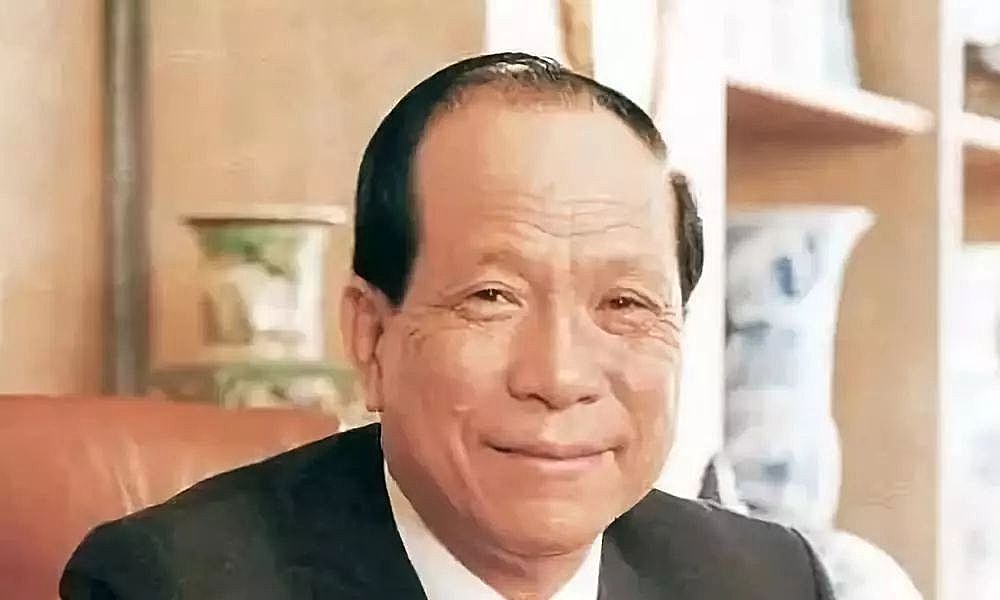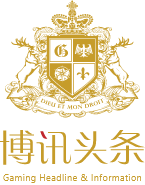Lim Goh Tong
Founder of Genting Casino

Tan Sri Dato’ Seri (Dr.) Lim Goh Tong ( 28 February 1918 – 23 October 2007) was a prominent wealthy Malaysian Chinese businessman & entrepreneur. He was renowned for his vision and courage in transforming Genting Highlands from an unexplored hilltop into one of the world’s most successful casino resorts. He was once the richest man in Malaysia with a net worth of US$4.2billion
Born in 1918 in Anxi, a mountainous county in southeastern Fujian province, China, Lim Goh Tong was the fifth child in his family. He had an elder brother (Jing Ya), three elder sisters (Lim Zhuang, Lim Bau and Lim See), a younger sister (Lim Mei) and a younger brother (Jing Kun). Lim was born into a rustic environment in a village. During that time, China was in a period of turmoil and unrest after the 1911 revolution, but life was relatively sheltered for Lim in the village. He grew up peacefully and had the opportunity of studying in school. However, disaster struck and his father died when he was 16. Lim was forced to leave school and he and his elder brother had to take over the heavy burden of feeding his family.
As China’s situation was becoming worse, Lim Goh Tong decided to take the plunge in venturing out to Malaysia (known as Malaya at that time) following in his cousin, Lim Kheng Chong’s footsteps. He left China through Xiamen in early February 1937 at the age of 19. He worked for his uncle as a carpenter in the first two years, learning the Malay language in the meantime. After gaining experience he went on to become a building sub-contractor and completed his first job of building a two-storey school. He returned to Anxi in 1940, but went back to Malaya the next year amidst a deteriorating war environment.
Genting Group’s involvement in the property sector can be traced from the initial primary objective of holding land-based assets for long term appreciation and development potential to the current strategic move to develop and market the Group’s landed properties mainly held in the plantation subsidiary, by Asiatic Land Development Sdn Bhd, a wholly owned subsidiary of Genting Plantations Berhad – which is 54.8% owned by Genting Berhad.
The idea of building a hilltop resort was first conceived when Lim Goh Tong was having a dinner in Cameron Highlands. As he was enjoying the soothing cool breeze of Cameron Highlands, an idea struck him that as the standard of living rose steadily in Malaysia, more and more people would visit mountain resorts for relaxation and recreation, but Cameron Highlands was too far away from the capital city Kuala Lumpur, therefore building a mountain resort nearer to Kuala Lumpur would have great business potential.
After doing some research, Lim found Gunung (mountain in Malay) Ulu Kali at a place called Genting Sempah to be an ideal location for his plan. He formed an expedition and explored the place, collecting a wealth of data on the topography, drainage, soil conditions and other relevant aspects of the region, which proved to be very useful in drawing up plans for developing the resort.
Upon conceiving this idea, many naysayers were sceptical of Lim turning a wilderness into a tourist resort. Most thought it was really risky and reckoned Lim who was financially comfortable to be foolish to invest heavily in money and time to develop Genting, but Lim brushed off all these negativities and went ahead firmly with his plan.
After getting approvals from the Federal and State governments, Lim began the project in the face of a colossal task. Among the problems were building the access road towards the hilltop, water and electricity supplies, sewerage system and fire safety. Lim managed to build the access road towards the summit in three years when it was estimated to take fifteen years. Several sources of water in the mountain were identified, water supply was secured by building water-collection stations and water filtration plants with treated water stored in reservoirs. Electricity is supplied through a central electricity generation system with 12 big generators.
During the construction, Lim survived six close brushes with death. Meanwhile, Lim had to administer another major project in Kelantan, the Kemubu Irrigation Scheme at the same time. This stretched his physical endurance to the limits as he had to shuttle between Kuala Lumpur and Kelantan and he worked seven days a week.
During the Genting project, Lim spent all he had without earning any income. He sold an 810-hectare rubber estate to raise RM2.5 million. In addition, he invested all the money he had made from iron mining, sub-contracting and hardware businesses. The project was a heavy drain on Lim’s finances. When asked to invest in this project, Lim’s friends turned him down and counselled him to drop the entire scheme instead.
Genting was granted the only casino licence after Tunku Abdul Rahman, then Prime Minister of Malaysia, visited Genting Highlands and commended Lim’s effort to develop a resort contributing to Malaysia’s tourism industry without government help.
Lim managed to obtain a pioneer status for Genting Highlands and tax incentives despite its resort development not qualifying for it. He did so by convincing the government that tax incentives in the early stage of development of Genting Highlands were not only vital for them but also profitable to the government later on.
The whole Genting project was completed in January 1971, but prior to officially commencing business, Kuala Lumpur and its surrounding areas were hit by the worst rainstorms in a century, the road to Genting was closed by landslides at 180 locations, the damaged sections took four months to repair. Genting opened its door for business on 8 May 1971.
In the next 30 years, Lim continued to develop and expand Genting Highlands beyond its original idea of a hotel with basic tourist facilities. Among the projects were the construction of more hotels, indoor and outdoor theme parks, and a convention centre. A new road was built to shorten the journey to Genting from the northern states, and RM920 million was invested to widen a 10 km stretch of the access road to reduce congestion. Another RM928 million was spent on constructing a cable car system to provide visitors with an alternative mode of transportation.
In 1993, at the suggestion of Prime Minister Mahathir Mohamad, a township was developed on an 81-hectare piece of land around the site of the Genting Skyway cable car station. It was named Gohtong Jaya after Lim as a token of remembrance for his efforts in the development of Genting Highlands.
As of now, Genting Highlands is one of the most successful Casino resorts in the world and is one of the primary tourist attractions in Malaysia. Lim’s company, Genting Group operates Genting Highlands and has diversified into many other industries such as plantations, property, paper, power generation, oil and gas exploration and cruise boat industries. In the process new company brands were created that have become distinctive names in their respective fields, namely Asiatic, Genting Sanyen (paper manufacturing) and Star Cruises.
On 31 December 2003, Lim handed his chairmanship of Genting Group over to his son, Tan Sri Lim Kok Thay/ Lim Yi Xiang.
No tags for this post.




